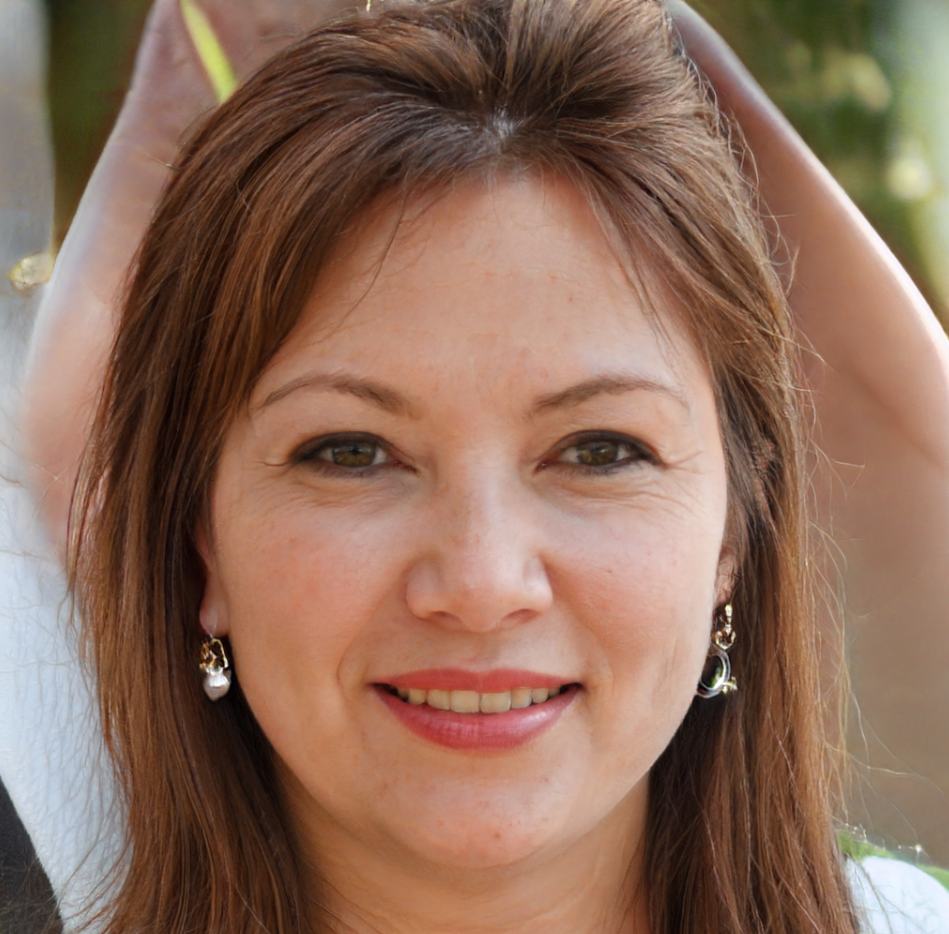Acne: Understanding the Types of Acne and Treatment Options
8,746,473 View
Share this Video
- Publish Date:
- 28 May, 2023
- Category:
- Skincare
- Video License
- Standard License
- Imported From:
- Youtube
Tags
Click here: http://healthcare.nucleusmedicalmedia.com/skinhappy for a free online diagnosis from our sponsor, SkinHappy™, a tele-dermatology clinic that provides custom-blended, prescription-strength cures for people suffering from acne, rosacea, and other skin problems. Dr. Julie Kenner, board-certified dermatologist, has a plan to take you from insecurity to skin-security!
For Employees of Hospitals, Schools, Universities and Libraries: Download 8 FREE medical animations from Nucleus by signing up for a free trial: https://tinyurl.com/3n8hyrmc
Biology students: Subscribe to the Nucleus Biology channel to see new animations on biology and other science topics, plus short quizzes to ace your next exam: https://bit.ly/3lH1CzV
#acne #SkinBlemishes #TreatingAcne
MEDICAL ANIMATION TRANSCRIPT: Acne is a skin disease consisting of blemishes that can occur on your face, neck, chest, shoulders, and back. Acne is very common during the teen years but it can affect you during adulthood as well. So you keep your hair and skin well lubricated your body depends on sebaceous glands which sit just under your skin. These glands secrete an oily substance called sebum which coats your skin and hair to prevent them from drying out. Sebum travels up hair follicles and out through your pores onto the surface of your skin. Your hair follicles routinely shed dead skin cells which sebum carries out of your body. When your body produces extra sebum and dead skin cells, they can stick together and clog your pores resulting in skin blemishes. Then bacteria that normally exist in small amounts on your skin can flourish in the sebum in the clogged pore leading to inflammation. Depending on where the clog is located and if you have inflammation, acne may appear as whiteheads which are clogged follicles closed off from the air, blackheads which are clogged follicles that turn a darker color when the clog is exposed to air, pustules commonly called pimples which are inflamed follicles clogged with puss, or cysts which are larger, painful, puss-filled lumps going deep under the skin. Hormonal changes, particularly a rise in testosterone, can lead to sebum overproduction which is why acne often occurs during the teen years. However it can occur at any age. Other factors contributing to the development of acne are bacteria, certain medications, and genetics. If you have a mild case of acne your doctor may recommend an over the counter lotion with one of several active ingredients. Benzoyl peroxide kills bacteria, dries excess oil, and removes dead skin cells clogging pores. Salicylic acid slows the loss of skin cells to prevent clogged pores. It may also break down whiteheads and blackheads. Alpha hydroxy acids such as lactic acid help remove dead skin cells, reduce inflammation, and stimulate the growth of new smoother skin. Sulfur removes dead skin cells and dries excess oil. These are strong chemicals that may irritate your skin. Follow the directions for use exactly. If over the counter products are not effective, your dermatologist may prescribe stronger prescription lotions such as vitamin A which reduces the buildup of dead skin cells in your pores, topical antibiotics which kill bacteria on your skin, or a combination of benzoyl peroxide and topical antibiotics. For moderate to severe cases your dermatologist may prescribe an oral medication alone or in combination with a topical treatment. These medications include oral antibiotics which kill bacteria and reduce inflammation and isotretinoin which is used only for the most severe cases. A corticosteroid injection may be given to relieve your pain and help clear up a particularly large lesion. For women birth control pills containing estrogen may be prescribed to minimize the effects of testosterone. Regardless of the treatment your doctor recommends, good skin care is essential. For example wash problem areas twice daily with a mild soap and wash gently without scrubbing. If you have dry or peeling skin use an oil-free water-based moisturizer. When choosing any product to put on your skin look for an oil-free or noncomedogenic label, which means it won't clog your pores. Avoid picking or squeezing blemishes as these actions may lead to infection or scarring. And avoid touching your face with your hands, your hair, or any object such as a cell phone.
ANH12060













